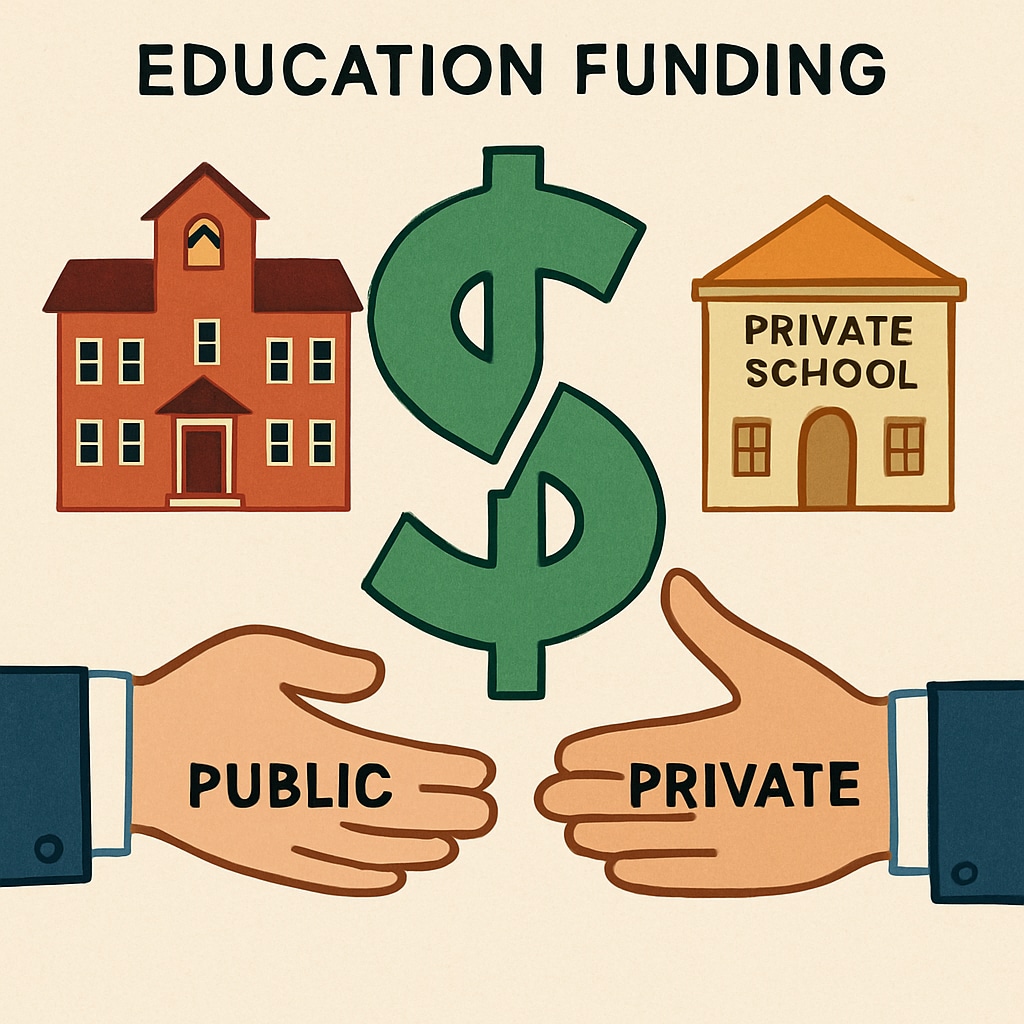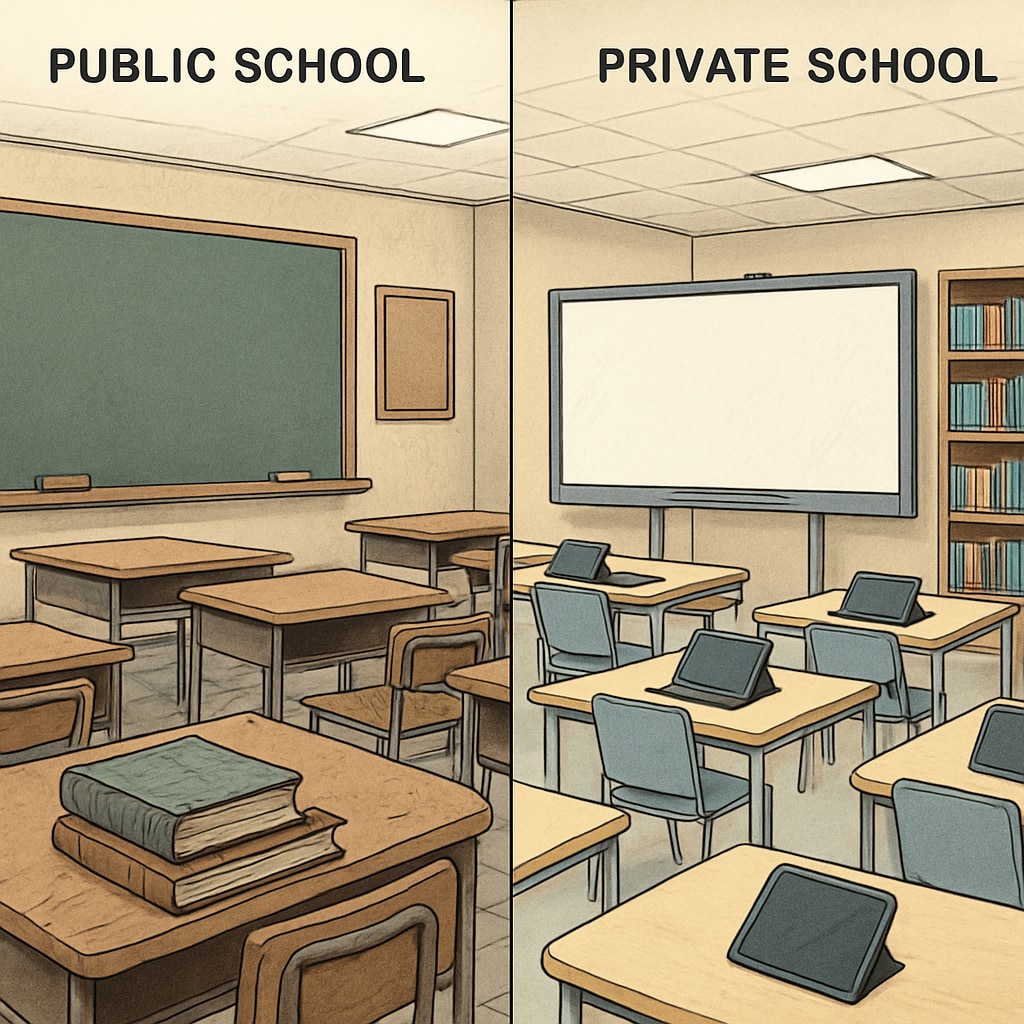The allocation of education funds, particularly involving organizations like “Stand For Children,” has sparked concern over the growing privatization of public resources. This covert shift redirects financial support intended for public schools to private institutions, raising critical questions about transparency, equity, and the future of public education. As a result, public schools face significant budget cuts, leading to teacher layoffs and reduced educational opportunities for students.

The Hidden Mechanisms Behind Fund Reallocation
Organizations like “Stand For Children” have mastered the art of branding their efforts as “education reform.” They often present these initiatives as solutions to systemic issues in public education, but the reality is far more complex. Through policy lobbying, strategic partnerships, and public campaigns, they influence lawmakers to redirect public funds toward charter schools, private educational programs, and non-profit entities that operate under private management.
For example, the rise of voucher programs is one of the ways public money is funneled into private institutions. Vouchers allow families to use government-provided funds for private school tuition, drastically reducing the pool of resources available for public schools. As a result, public schools struggle to maintain basic operations, leaving students and teachers in precarious situations.
The Consequences for Public Education
This systemic shift has dire consequences for the public education system. Reduced budgets often lead to:
- Teacher layoffs and larger class sizes, which compromise the quality of education.
- Insufficient funding for extracurricular programs, such as arts and sports.
- Deferred maintenance of school facilities, affecting student safety and learning environments.
Moreover, the emphasis on privatization undermines the principle of equal opportunity. Public schools were established to provide accessible education to all, regardless of socioeconomic status. As funds are siphoned off, disadvantaged communities bear the brunt of the impact, further widening the education gap.

Why Transparency Matters
The lack of transparency in fund allocation processes exacerbates the issue. Citizens and educators often remain unaware of how decisions are made and who benefits from these shifts. Advocacy groups and watchdog organizations have called for greater accountability, urging policymakers to disclose detailed reports on education spending.
For example, a Wikipedia entry on education policy highlights the importance of equitable fund distribution to ensure quality education for all. Similarly, Britannica’s overview of education systems discusses the challenges posed by privatization and resource mismanagement.
Reimagining a Fair Allocation System
To address these challenges, reform efforts must focus on protecting public education funding and ensuring it is used effectively. This includes:
- Implementing stricter regulations to prevent misallocation of funds.
- Promoting community involvement in decision-making processes.
- Investing in public school infrastructure to create competitive learning environments.
By prioritizing transparency and equity, policymakers can uphold the values of public education and ensure that every child has access to high-quality learning opportunities.
Readability guidance: This article uses short paragraphs, bullet points for clarity, and transitions like “however,” “for example,” and “as a result” to improve flow and readability. It avoids excessive jargon and maintains a professional tone throughout.


